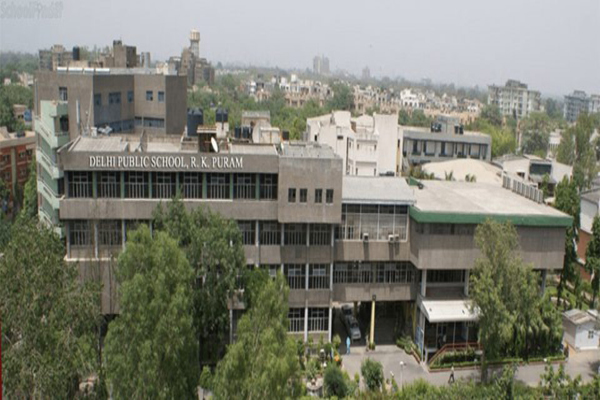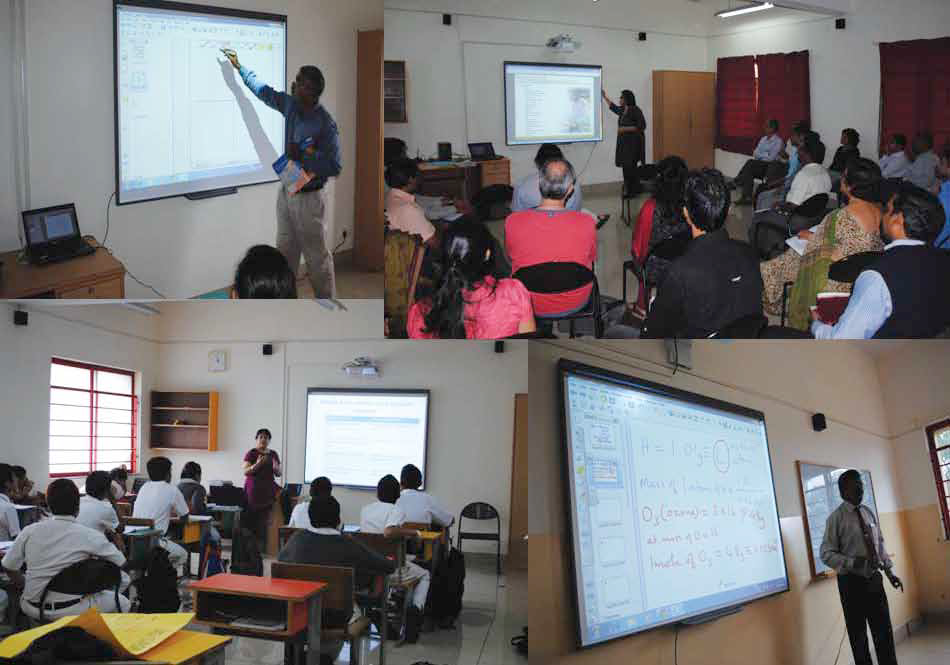
The Cathedral Vidya School, Lonavala
Principal: Meera Sain
Website: www.cathedral-lonavala.org
Number of Students: 250
Number of faculty and staff: 36
ICT in the classroom
Interactive Whiteboard: We are using smartboards in most of the classrooms. Our junior classes use the smart boards most. Students like to perform activities on these boards, as they are touch sensitive.
Interactive Projector: Projector plays a very important role, especially in language classes. Speakers and projectors are used to enhance listening skills, which are very important in the study of any foreign language. Science teachers in the senior classes use projectors and a normal screen to simulate with realistic examples.

Tajvir Singh,
IB coordinator and Head IT department highlights the importance of ICT in the school
The benefits of IT tools and their integration with teaching and learning helps in managing time well for students. The use of such tools helps students with critical thinking, and to balance their studies”
Laptop: All senior students and teachers are given individual laptops to use in the classroom. Students can use their laptops during free classes and prep time, which helps them to utilise their time to increase their productivity.
Smart Networking (Wi-Fi): Wi-Fi is the heart of school, as far as Internet usage is concerned. Students use the Internet for research, viewing simulations, checking the latest news and updates, updating their laptops, preparing presentations, and creating or modifying videos, etc,
Tools for teachers: We have Maths tools for Maths teachers, Vernier software for science teachers, blogs for all teachers. The school has web portal for all students and teachers, and ManageBac, which is an online platform to manage assessment and deadlines. The school has ICT solutions from HCL, Harcourt and Schand, Edulearn.
Objective of deploying these ICT tools
We being an IB School, our main purpose is to prepare our kids to be life-long learners and ethical digital citizens. In the present era, it is not possible to achieve these goals without using technology in all aspects of teaching and learning. Technology is an important tool for students as well as teachers to integrate into their day to day learning to improve learning outcomes, both inside and outside the class room. The ICT brings the entire world into the classroom.
Wise management
Implementations definitely raise the bar for academic standards. As teachers, we are able to organise and manage our time more wisely. This technological change comes naturally to today’s students and they understand and utilise it better than us. So, if this awareness and willingness to use technology point students in the right direction, it will improve the performance of each child, no matter whether the child is weak or intelligent.
Evaluation of effect
The evaluation of the use of ICT tools like smart boards, online content and e-learning shows thta it helps students to the great extent and saves a lot of time. Subject wise evaluation has also been done; which shows different results according to the needs of individual subjects. Feedback, and surveys have enabled us to gauge the success of ICT in education.
Enhancing teaching learning process
Collaborative learning creates an environment in which the teacher involves students of the same class or of different class in the same topics, performing activities and thinking about the activities they are performing. Thereby, the teachers reach out to students who may otherwise not be engaged. Collaborative learning encourages active student participation in the learning process, or in small-group learning, and gives a chance to passive students to work. Involving students in group work encourages and helps more passive students to learn from the group, because some students learn better through their friends.
Teachers’ training
The school organise regular training of teachers to make them familiar with new ICT tools that will help them in class and outside class. Weekly meetings are conducted by the ICT department, and feedback is taken. Most of the teachers have good experience with such tools. The Maths, Business, and Science teachers, especially, found it very helpful.
Students’ feedback
Students love to use the smart classroom. This makes class more interactive, opening a whole new dimension to the entire class at once. However, if it takes 20 minutes of a 40-minute class for a teacher to start the board, there is a colossal waste of time, showing that we should revert to the traditional classroom. The implementation of smart classrooms also makes our school a perfect blend of traditional teaching techniques with futuristic elements.
Teachers’ feedback
Change is the first word when it comes to the impact of ICT on teachers. One needs to adapt to this new change to see the benefits of ICT. Second, in the matter of classroom engagement, which is very important to meet the daily objectives of your class. We use IT in English class by having the students look up for public domain poetry and secondary sources, on the Internet, during class, for discussion. The smartboards are extremely useful for studying and analysing grammar and poetry, especially when I can annotate the same on the board.
What’s next
As Web3.0 is coming up, as far as the use of the Internet is concerned. I hope it will save students’ time in researching data and help teachers to find something organised on the Internet for their subjects. We expect that the innovation should be like the removal of school bags totally from school and the use of tablets in their place.
Cloud storage: It is going to be used soon by schools to keep data safe. It will help reduce global warming also. Every school should go for cloud storage for students. If we are planning for students space, we should use cloud storage.
Tablet: School bags should be removed and tablets should be given to students. It is time to be practical and learn. All books should be given in the form of e-books.
 Lalit Mohan, Director, iTouch Technologies Pvt Ltd
Lalit Mohan, Director, iTouch Technologies Pvt Ltd

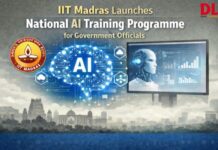

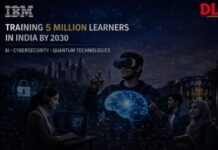


 In a survey conducted by Ernst & Young, only 25 percent of Indian professionals are considered employable by multinationals and this difficulty of Indian employers to fill job vacancies has increased to 67 percent in 2012 (compared with 16 percent in 2011). There is a dire need for professionals with practical understanding and adequate skills to make the required contribution to the industry.
In a survey conducted by Ernst & Young, only 25 percent of Indian professionals are considered employable by multinationals and this difficulty of Indian employers to fill job vacancies has increased to 67 percent in 2012 (compared with 16 percent in 2011). There is a dire need for professionals with practical understanding and adequate skills to make the required contribution to the industry. Hitachi Limited, headquartered in Tokyo, Japan, is a leading global electronics company with a turnover of US$ 120 billion (fiscal year ended March 31st, 2012), with approximately 3,60,000 employees worldwide, and having expertise across sectors like information systems, electronic devices, power and industrial systems, consumer products, materials, logistics and financial services.
Hitachi Limited, headquartered in Tokyo, Japan, is a leading global electronics company with a turnover of US$ 120 billion (fiscal year ended March 31st, 2012), with approximately 3,60,000 employees worldwide, and having expertise across sectors like information systems, electronic devices, power and industrial systems, consumer products, materials, logistics and financial services. “The Interactive whitebaord of tomorrow would be an integrated product, which will play multiple roles by utilising the power of its software,”
“The Interactive whitebaord of tomorrow would be an integrated product, which will play multiple roles by utilising the power of its software,”










 “Quality education must not focus just on student achievement but also student success as they get ready to take on employment opportunities. We know that growing the number of educated citizens is the best way to spark not only new businesses but entirely new industries. For that we need to build required competencies that can only be achieved by life-long learning, skilling and re-skilling learning,” says, Brian Gonzalez, Director Global Education Sales Programs, Intel Corporation.
“Quality education must not focus just on student achievement but also student success as they get ready to take on employment opportunities. We know that growing the number of educated citizens is the best way to spark not only new businesses but entirely new industries. For that we need to build required competencies that can only be achieved by life-long learning, skilling and re-skilling learning,” says, Brian Gonzalez, Director Global Education Sales Programs, Intel Corporation. Mohammed Ghouse, Regional Sales Manager (South & Western Asia), Luidia
Mohammed Ghouse, Regional Sales Manager (South & Western Asia), Luidia
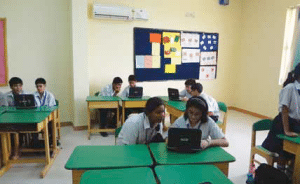 The Millennium School Noida
The Millennium School Noida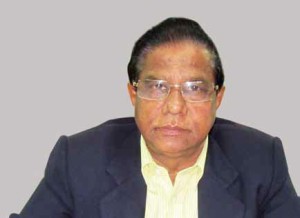 Prof Prasant Kumar Sahoo provides his views on the educational initiatives being undertaken by the Utkal University. In conversation with Nayana Singh
Prof Prasant Kumar Sahoo provides his views on the educational initiatives being undertaken by the Utkal University. In conversation with Nayana Singh











